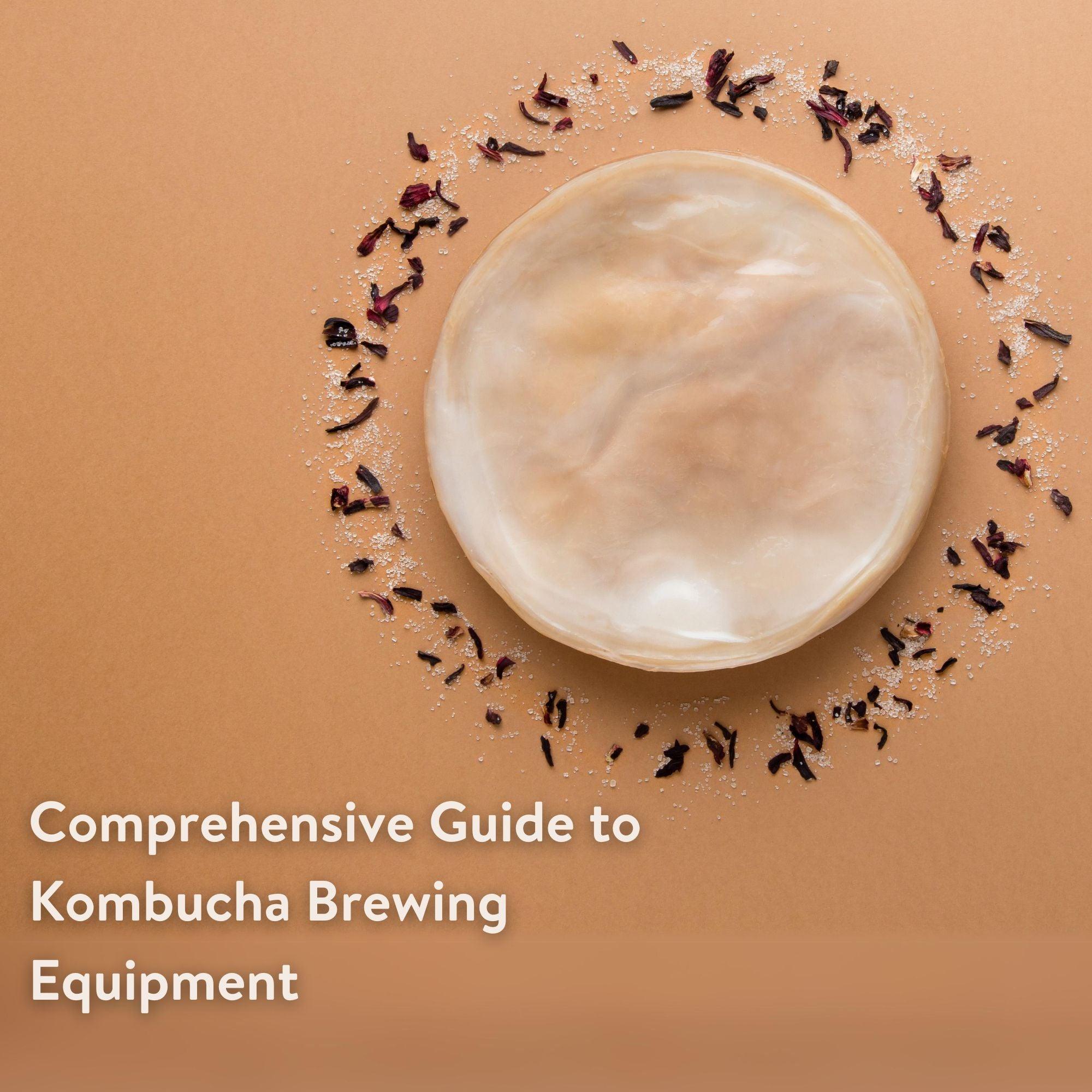As we advance further into the comprehensive microbial composition of milk kefir, we now focus on Galactomyces and Saccharomyces yeasts. These yeasts play a key role in the fermentation process, defining the unique properties of the beverage and contributing to its broad health benefits. Let's further explore the complex interplay and the benefits that these yeasts provide within the symbiotic community of milk kefir.
Table Summary
| Microorganism | Key Health Benefits |
|---|---|
| Galactomyces geotrichum/Geotrichum candidum | Enhances flavor, Contributes to fermentation |
| Saccharomyces cerevisiae | Enhances flavor, Digestive health |
| Sacc. subsp. torulopsis holmii | Enhances flavor, Digestive health |
| Sacc. pastorianus | Enhances flavor, Digestive health |
The Beneficial Impact of Galactomyces and Saccharomyces Species on Health
Galactomyces geotrichum/Geotrichum candidum
G. geotrichum, also recognized as Geotrichum candidum, is found in many fermented food products, contributing to their characteristic taste and texture.
-
Enhances Flavor: G. geotrichum plays an important role in flavor development in fermented dairy products, contributing to the complex taste of kefir9.(1).
-
Contributes to Fermentation: G. geotrichum is active in the fermentation process, contributing to the transformation of the milk base into a nutrient-rich kefir9.(2).
Saccharomyces cerevisiae
S. cerevisiae is one of the most well-known yeasts, used in a variety of fermentation processes from baking to brewing.
-
Enhances Flavor: In the context of kefir, S. cerevisiae contributes to the development of a diverse range of flavors, adding to the beverage's distinctive taste9.(3).
-
Digestive Health: S. cerevisiae is also known for its probiotic properties, potentially contributing to digestive health. It may help support a healthy gut microbiome9.(4).
Saccharomyces subsp. torulopsis holmii
While not as extensively studied as S. cerevisiae, S. holmii is also found in the kefir grain microbiota.
-
Enhances Flavor: Like S. cerevisiae, S. holmii contributes to the taste profile of kefir and other fermented beverages9.(5).
-
Digestive Health: Preliminary research suggests potential probiotic properties. More extensive research is needed to confirm these benefits9.(6).
Saccharomyces pastorianus
S. pastorianus, an important yeast in brewing processes, is also present in the kefir microbiota.
-
Enhances Flavor: S. pastorianus contributes to the taste profile of kefir, offering a distinct flavor note9.(7).
-
Digestive Health: S. pastorianus may contribute to digestive health, although further research is needed to fully understand these benefits9.(8).
Unveiling the roles and benefits of Galactomyces and Saccharomyces yeasts in milk kefir brings us one step closer to understanding this probiotic-rich beverage's microbiological complexity. Next in our series, we'll introduce you to the Acetobacter species, an essential contributor to kefir's healthful characteristics. Stay tuned!
References
9.(1) Varela, C., & Borneman, A. R. (2017). Yeasts found in vineyards and wineries. Yeast, 34(3), 111-128.
9.(2) Succi, M., Pannella, G., & Tremonte, P. (2017). Yeasts in foods and beverages: Impact on product quality and safety. Current Opinion in Food Science, 14, 61-69.
9.(3) Zott, K., Miot-Sertier, C., Claisse, O., Lonvaud-Funel, A., & Masneuf-Pomarede, I. (2008). Dynamics and diversity of non-Saccharomyces yeasts during the early stages in winemaking. International journal of food microbiology, 125(2), 197-203.
9.(4) Tamang, J. P., Watanabe, K., & Holzapfel, W. H. (2016). Review: Diversity of microorganisms in global fermented foods and beverages. Frontiers in microbiology, 7, 377.
9.(5) Iraporda, C., Abatemarco Júnior, M., Neumann, E., Nunes, Á. C., Nicoli, J. R., Abraham, A. G., & Garrote, G. L. (2015). Biological activity of the non-microbial fraction of kefir: antagonism against intestinal pathogens. Journal of dairy research, 84(3), 339-345.
9.(6) Rosa, D. D., Dias, M. M. S., Grzeskowiak, Ł. M., Reis, S. A., Conceição, L. L., & Peluzio, M. D. C. G. (2017). Milk kefir: nutritional, microbiological and health benefits. Nutrition research reviews, 30(1), 82-96.
9.(7) Succi, M., Pannella, G., & Tremonte, P. (2017). Yeasts in foods and beverages: Impact on product quality and safety. Current Opinion in Food Science, 14, 61-69.
9.(8) Tamang, J. P., Watanabe, K., & Holzapfel, W. H. (2016). Review: Diversity of microorganisms in global fermented foods and beverages. Frontiers in microbiology, 7, 377.



